- This photo essay comes via Mongabay’s partnership with the Wildlife Conservation Society’s Wild View blog.
- Once a month we’ll publish a contribution from Wild View that highlights an animal species.
- This month Jonathan C. Slaght writes about tigers.
- All photos by Julie Larsen Maher, WCS’s staff photographer.
Throughout Asia – from muddy mangrove swamps in India to crisp temperate forests in the Russian Far East – there were once at least 100,000 tigers. Today about 3,500 of these endangered animals remain, largely restricted to pockets of disjointed habitat in India, southeast Asia, and Russia, where their survival is continually threatened by poaching and habitat loss.
These remarkable cats have adapted to thrive equally well in these dissimilar corners of the world. In Southeast Asia, for example, the complex coat pattern helps Malayan tigers blend in with the dense lattices of tropical vegetation as they stalk their prey. And in northeast Asia, to protect against the cold, Amur (or Siberian) tigers grow noticeably thicker coats than their southeast Asian counterparts.
The Amurs also have “thicker skin”: these cats are tough. Here, winter conditions drive the other mega carnivore of the region—the brown bear—to hibernate, while tigers push through chest-deep snow to search for prey in temperatures that reach the minus forties. They are not fully impervious to the cold, however: they sometimes cut their soft foot pads on coarse ice and leave flecks of blood in their snowy tracks as they walk.
Other tiger adaptations are behavioral. In the forests of Nepal, for example, where the rich vegetation can support high densities of deer and boar, a resident female Bengal tiger can meet her prey needs with nearly eight square miles (20 km2) of home range.
In the comparatively-sparse temperate oak and birch forests of northern China and Russia, in contrast, where food is scarce and the severe winters keep prey numbers low, a female Amur tiger needs an area twenty times as large–roughly the size of Rome–to meet those same energetic requirements. Tigers also use the landscape to their advantage. In Russia, the shock of auburn fur makes terrifying sense as these cats simply disappear among the autumn oak leaves.
Tigers have found ways to persist over evolutionary time by squeezing every advantage they can from their circumstances, be it in humid jungle or frost-cracked forest. They have not, however, discovered a way to coexist with the world’s most adaptable and cunning animal – the human. And so, tigers continue to face significant and evolving threats. Hopefully their spirit of survival, along with dedicated actions from conservationists, will be enough to ensure tigers always remain.
Tigers in the Fall


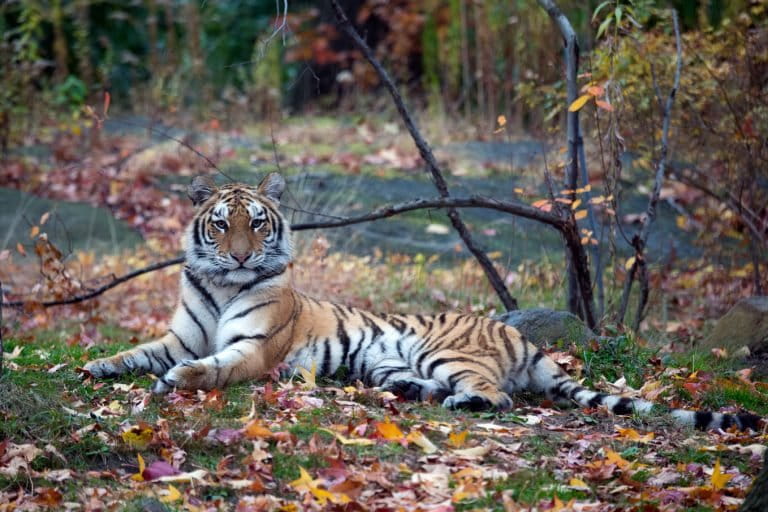

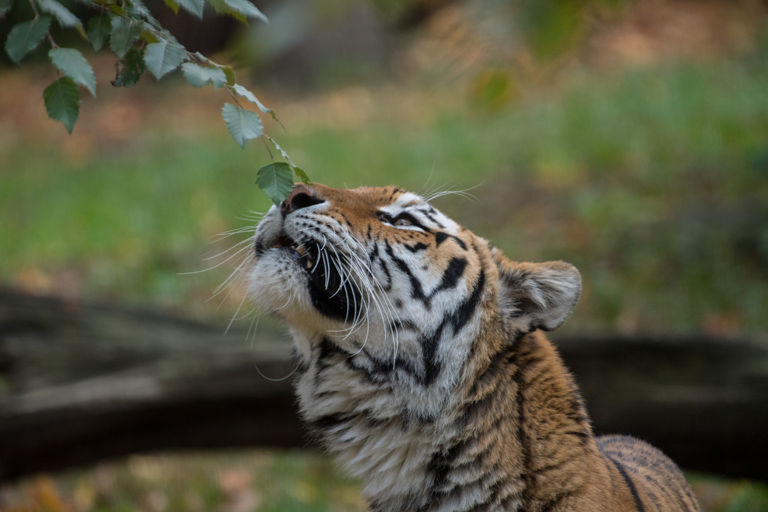



Tigers in the Winter











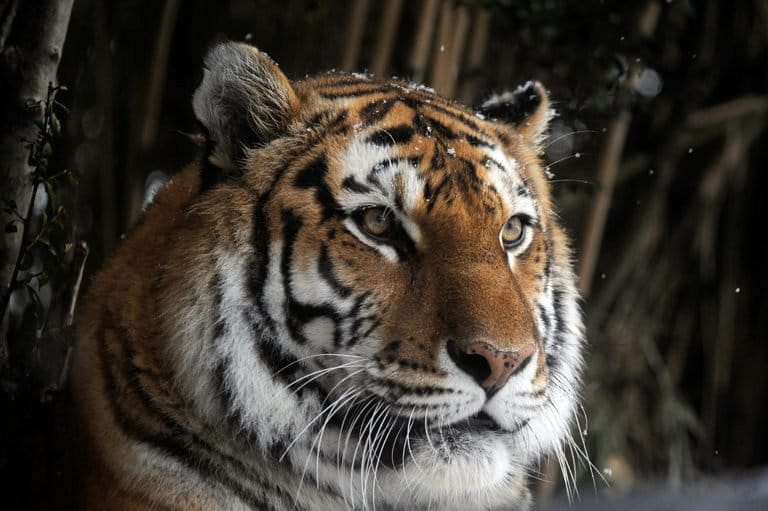



Tigers in the Spring and Summer




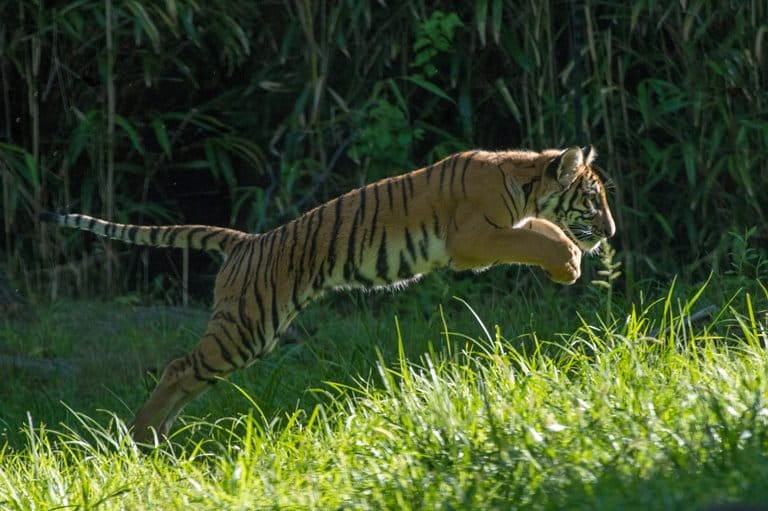



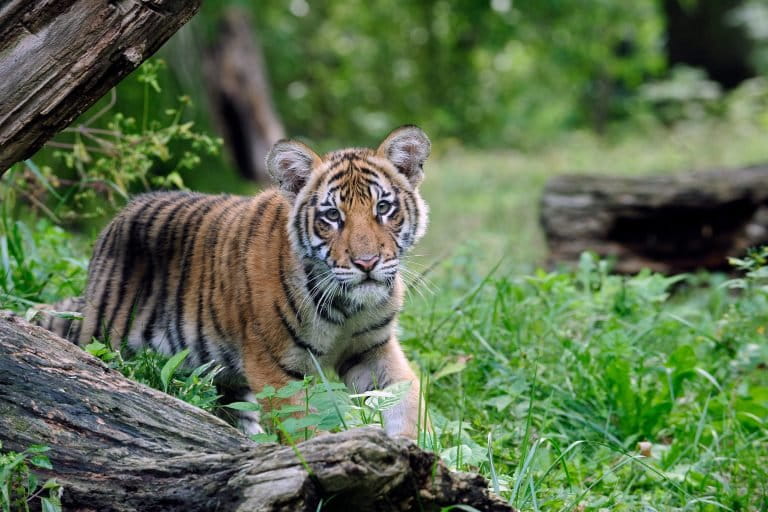
Jonathan C. Slaght, Ph.D., is the Russia and Northeast Asia Coordinator for the Wildlife Conservation Society. Julie Larsen Maher is WCS Staff Photographer.